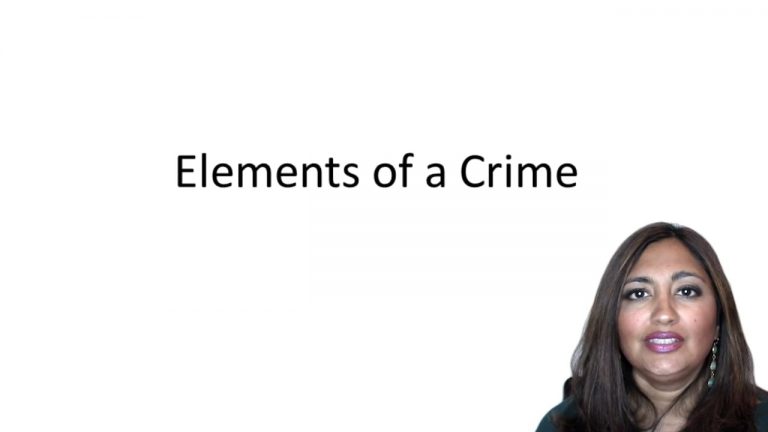SmartBrief
Confirm favorite deletion?
Criminal Law Keyed to Gershowitz
People v. Eyen
Citation:
683 N.E.2d 193, 291 Ill. App. 3d 38.Facts
On April 8, 1995, at approximately 1 a.m., Officer Olsen noticed defendant pushing his car from the driver’s side with the driver’s door open. No other passengers were in defendant’s car, and no other people were in the area. When he approached defendant, Officer Olsen noticed that the defendant was intoxicated.
Officer Olsen also observed that defendant’s car was missing its front license plate and that the car’s front bumper and hood were damaged. Officer Olsen asked defendant whether defendant had been driving the vehicle, and defendant responded, “No, I don’t drive drunk.” Defendant added that someone else had been driving the car, but defendant was unable to provide Officer Olsen with this other person’s name. After observing a large amount of oil leaking from defendant’s car, Officer Olsen looked under the car and found extensive damage to the car’s undercarriage. Officer Olsen asked defendant whether defendant’s engine had locked up, and defendant responded, “No, I shut it off.”
After placing defendant under arrest, Officer Olsen searched defendant and found the car keys in the front right pocket of defendant’s pants. Officer Olsen testified that he never saw defendant actually driving the car, but that the car needs to be in neutral in order to be pushed.
Defendant was convicted of driving while under the influence of alcohol. He appealed, arguing that the State failed to prove that defendant was driving his car. The lower court reversed.
Only StudyBuddy Pro offers the complete Case Brief Anatomy*
Access the most important case brief elements for optimal case understanding.
*Case Brief Anatomy includes: Brief Prologue, Complete Case Brief, Brief Epilogue
- The Brief Prologue provides necessary case brief introductory information and includes:
Topic:
Identifies the topic of law and where this case fits within your course outline.Parties:
Identifies the cast of characters involved in the case.Procedural Posture & History:
Shares the case history with how lower courts have ruled on the matter.Case Key Terms, Acts, Doctrines, etc.:
A case specific Legal Term Dictionary.Case Doctrines, Acts, Statutes, Amendments and Treatises:
Identifies and Defines Legal Authority used in this case.
- The Case Brief is the complete case summarized and authored in the traditional Law School I.R.A.C. format. The Pro case brief includes:
Brief Facts:
A Synopsis of the Facts of the case.Rule of Law:
Identifies the Legal Principle the Court used in deciding the case.Facts:
What are the factual circumstances that gave rise to the civil or criminal case? What is the relationship of the Parties that are involved in the case.Issue(s):
Lists the Questions of Law that are raised by the Facts of the case.Holding:
Shares the Court's answer to the legal questions raised in the issue.Concurring / Dissenting Opinions:
Includes valuable concurring or dissenting opinions and their key points.Reasoning and Analysis:
Identifies the chain of argument(s) which led the judges to rule as they did.
- The Brief Prologue closes the case brief with important forward-looking discussion and includes:
Policy:
Identifies the Policy if any that has been established by the case.Court Direction:
Shares where the Court went from here for this case.
Topic Resources
Topic Outline
Topic Refresher Course

 10m 5s
10m 5s